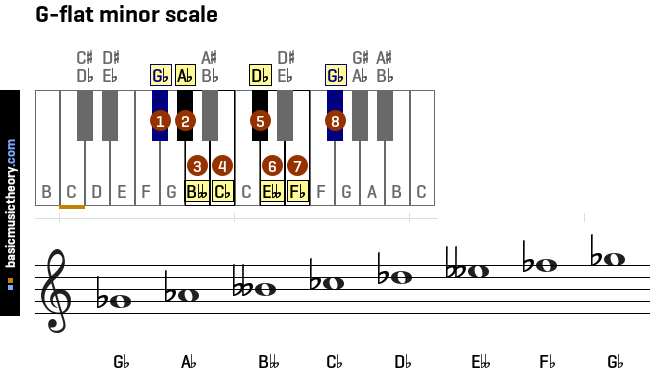
The ancient Greeks applied the term originally to a falling sequence of four notes with a number of patterns including the interval pattern Tetrachordon, an ancient Greek four-stringed instrument). Whole step - whole step - half step - whole step - whole step - whole step - half step.

In 'whole step-half step' notation this sequence is written Tone-tone-semitone-tone-tone-tone-semitone, using only the white keys. Major scale, that is a scale obeying the interval sequence You will find many different sequences of If you play any other ascending row of eight consecutive Tone-tone-semitone-tone-tone-tone-semitone, seven Rather than the note names then the C major scale becomes Is the distinctive sequence of tones (whole steps) and semitones (half steps). I, II, III, IV, V, VI, VII, VIII) or i - viii (i.e. The eight degrees of the scale may be numbered using 1 - 8 or Roman numerals I - VIII (i.e.

Key note, C, is called the 'first degree of the scale', D is the 'second degree of the scale', and so on. the white keys) in ascending order, C, D, E, F, G, A, B and finish on the C above middle C. Starting from the key marked middle C (that is, the key C with an asterisk), play the Is, and how starting from any of the twelveĮxamine the keyboard again. I know that the twelve notes in each octave and varieties of rhythm offer me opportunities that all of human genius will never exhaust.ĭetails the origins of the Western scale. To use the menu you must first enable javascript


 0 kommentar(er)
0 kommentar(er)
